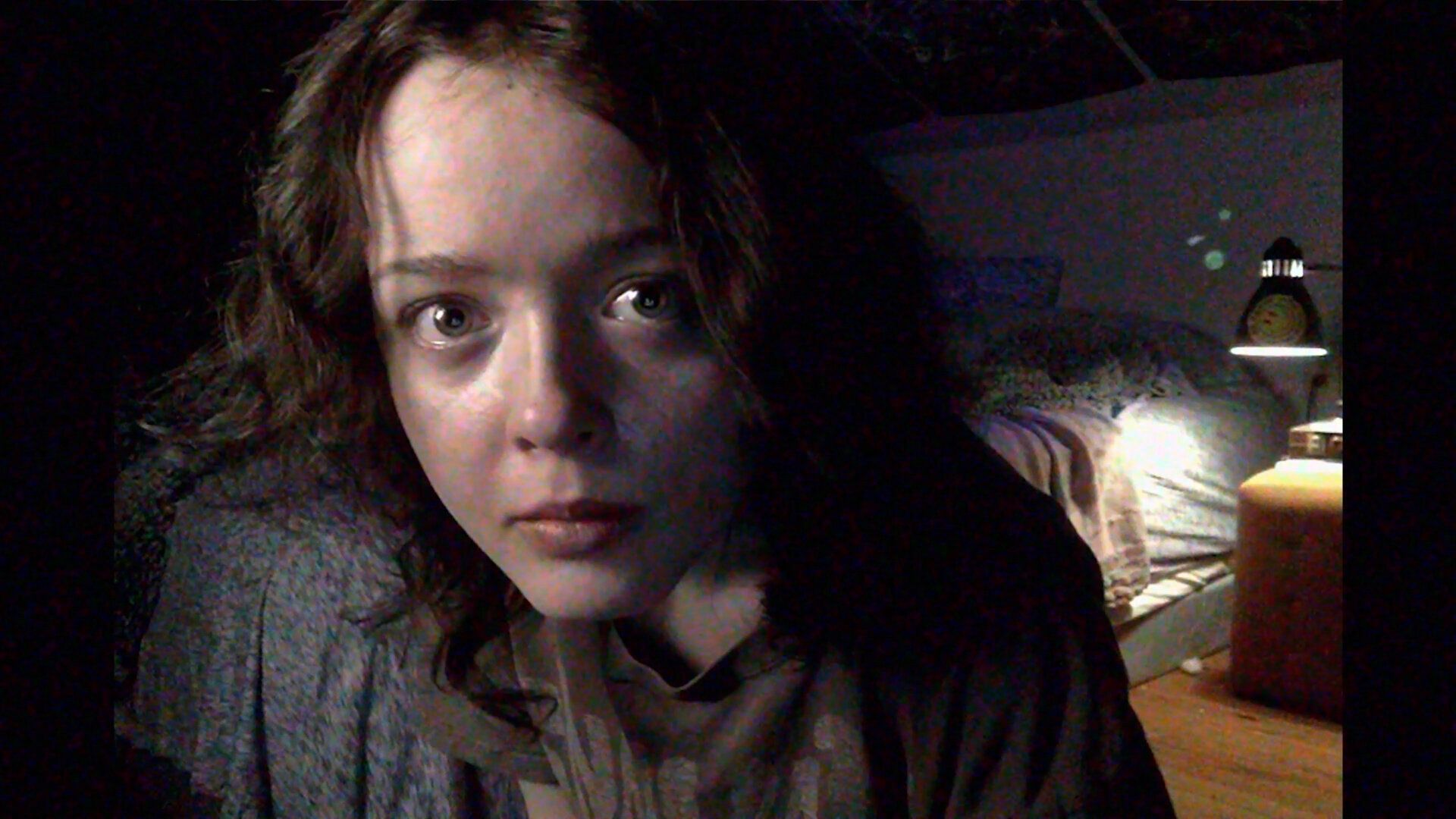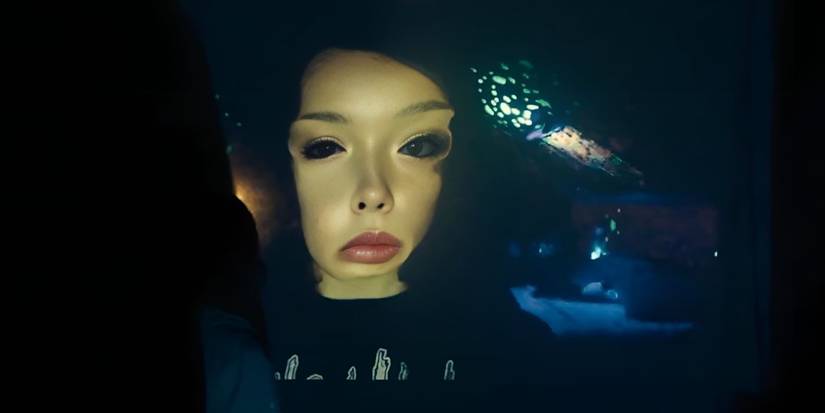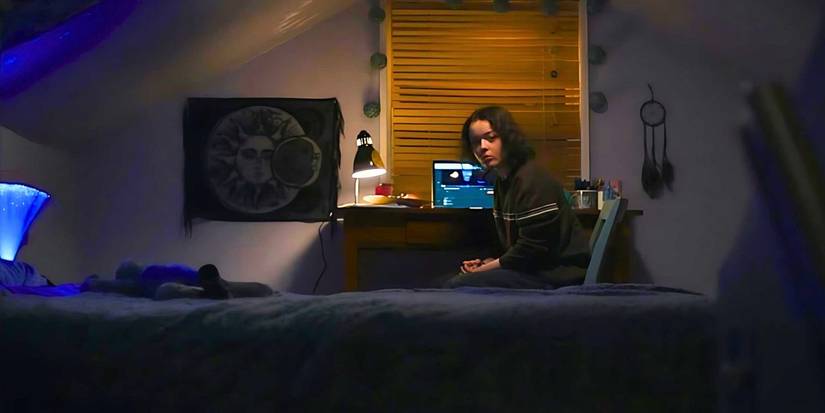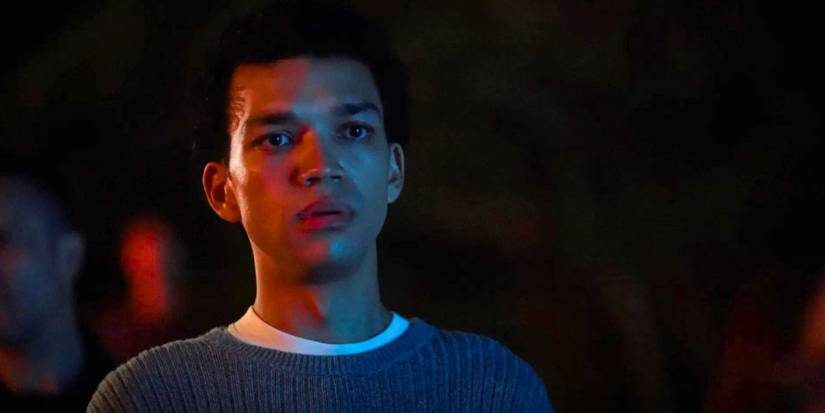
The most effective body horror films disturb us with their shocking visuals of bodily changes, injuries, and extreme distortions. While the graphic scenes are unsettling, we generally recognize that these events are impossible and wouldn’t happen to us, and it’s this disconnect that actually makes the horror so compelling.
Body horror often affects us by making us imagine the physical and emotional pain the character is going through. But it can also be deeply unsettling on an intellectual level. The best recent body horror films show how the genre can tap into and reflect our everyday fears and worries.
This type of horror allows filmmakers to examine the impact of societal expectations, like unrealistic beauty standards – seen in films like The Substance – or forbidden longings, as explored in Raw, the movie that first got me interested in body horror and remains a great starting point for the genre. While these films use disturbing imagery to make a point, it’s usually clear that the extreme scenarios wouldn’t actually happen to you.
We’re All Going To The World’s Fair Isn’t Completely Supernatural
.jpg?q=70&fit=crop&w=825&dpr=1)
What makes Jane Schoenbrun’s We’re All Going to the World’s Fair so effective as a horror film is how directly it affects the viewer. It breaks down the usual distance between the audience and the screen, creating a deeply personal and unsettling experience, largely because of its frightening look at connecting with strangers online.
Anna Cobb stars as Casey, a young woman drawn into the ‘World’s Fair Challenge,’ a made-up internet trend. As she completes the challenge’s tasks, her sense of what’s real starts to unravel. Casey realizes she acts differently while recording for the challenge, and her body even begins to change as she participates.
The film We’re All Going to the World’s Fair explores disturbing body horror, but remains grounded in reality rather than venturing into the supernatural. This approach makes even the most extreme scenes feel authentic and believable, as they’re based on a plausible, if unsettling, logic. The changes the main character, Casey, experiences feel realistically portrayed, making it easy to imagine something similar happening to anyone.
The Creepypasta Genre Blurs The Line Between Real And Imagined

The film We’re All Going to the World’s Fair blends elements of body horror with the style of ‘creepypasta’ horror. Creepypasta films often appear on platforms like YouTube, featuring unsettling experiences that leave viewers wondering if they’re genuine or fabricated. These films are known for their distinctive visual style, including dark settings, bright neon colors, and intentionally distorted editing.
Since We’re All Going to the World’s Fair relies heavily on showing phone and computer screens, it feels genuinely unsettling, much like the creepypasta stories it resembles. This makes it so, as the main character, Casey, starts to question what’s real, you, as the viewer, begin to feel equally confused about the line between reality and imagination.
Casey is constantly worried about stepping outside of her comfort zone, and some of the challenges in the World’s Fair Challenge are genuinely concerning. These challenges also cleverly mirror common anxieties people have about the internet – it’s not just a source of information, but a place that can feel unsettling and unpredictable.
We’re All Going To The World’s Fair Uses A Realistic Scenario

What makes We’re All Going to the World’s Fair so impactful is the connection between Casey and her online friend, JLB (Michael J Rogers). It’s revealed that JLB is a lonely middle-aged man who participated in the online challenge hoping to connect with someone. He believes his own life experiences give him insight into the unsettling nature of the challenge.
He may not mean any harm, but a lot of people who came of age with the internet have had experiences with someone like him, and those situations often didn’t end well. It’s hard to trust people online because you don’t know if they’re being honest, and watching Casey deal with this tricky environment is really stressful.
It’s easy to believe the unsettling events in the film, like joining strange online challenges and forming odd connections, because it feels very real for those who came of age in the early 2000s. We’re All Going to the World’s Fair feels authentic and makes you think you could find yourself in the same situation as the main character, Casey.
Jane Schoenbrun’s Next Movie Is Just As Impactful

Jane Schoenbrun continues to examine how people find comfort in others online, even strangers, after her film We’re All Going to the World’s Fair. Her new movie, I Saw The TV Glow, mixes what’s real with what’s imagined, telling the story of a teenager who connects with others through shared interests in TV and media to cope with feeling isolated at home.
Unlike some horror films, I Saw The TV Glow doesn’t rely on disturbing physical transformations. Instead, it powerfully affects you emotionally and mentally by realistically portraying the feelings of loneliness and isolation that many teenagers experience. The film’s unsettling style effectively captures the awkwardness and strangeness of being a teenager, regardless of your age.
Read More
- Золото прогноз
- Прогноз нефти
- Disney Announces Soarin Across America for Disneyland and EPCOT in 2026
- Disneyland Abu Dhabi Will be a Disney-Branded Park, But Not a Disney-Operated One
- Фунт обгонит доллар? Эксперты раскрыли неожиданный сценарий
- Jason Statham Fans Might Hate This, but His Career Hasn’t Lived up to the Hype
- Spider-Man’s 10 Best Halloween Stories of All Time, Ranked
- Avengers: Doomsday Will Omit 1 Major X-Men Actor (Confirmed)
- Kaiju No. 8 Season 2 Episode 2 Release Date, Time, Where to Watch
- Red Hood #1 Review: Jason Todd Is Out of Batman’s Shadow
2025-10-30 20:42